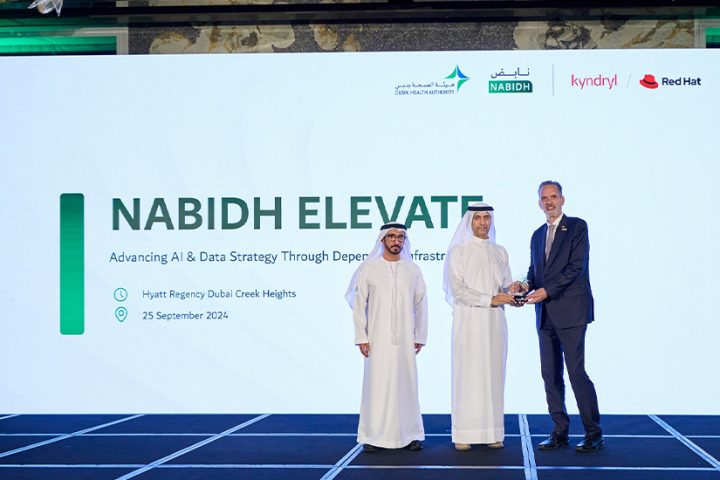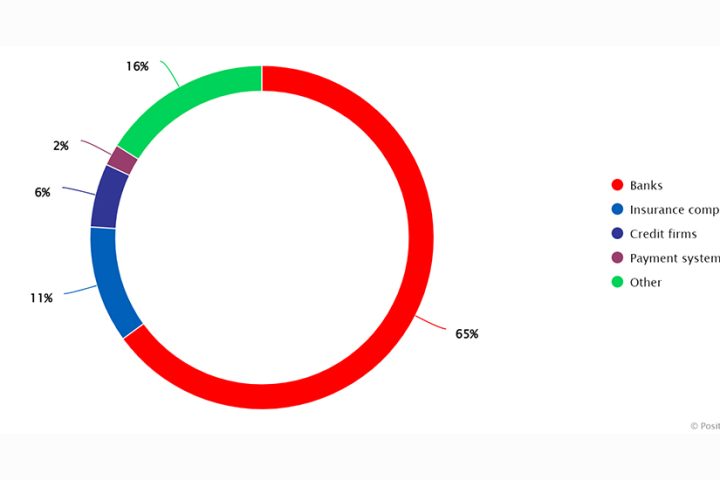To Dramatically Reduce Barriers to GPU Computing on AMD FirePro Graphics; New Tools Target an Unprecedented 28 Teraflops of Processing at Less than a Kilowatt by 2016
Building on its strategic investments in heterogeneous system architecture (HSA), AMD has launched a suite of tools designed to ease development of high-performance, energy efficient heterogeneous computing systems. The “Boltzmann Initiative” leverages HSA’s ability to harness both central processing units (CPU) and AMD FirePro graphics processing units (GPU) for maximum compute efficiency through software. The tools are designed to drive application performance across markets ranging from machine learning to molecular dynamics, and from oil and gas to visual effects and computer-generated imaging.
“AMD’s Heterogeneous-compute Interface for Portability enables performance portability for the HPC community. The ability to take code that was written for one architecture and transfer it to architecture without a negative impact on performance is extremely powerful,” said Jim Belak, co-lead of the U.S. Department of Energy’s Exascale Co-design Center in Extreme Materials and senior computational materials scientist at Lawrence Livermore National Laboratory.
“The challenge has always been to unlock the hardware’s capabilities and make them easily accessible to developers working to solve difficult problems. AMD’s newest offering provides the keys to more readily access our parallel computing engines – both multicore CPUs and GPUs – and to make these benefits available to the mainstream of developers across a broad spectrum of computing platforms, from embedded to supercomputing.” said Mark Papermaster, senior vice president and chief technology officer, AMD.














